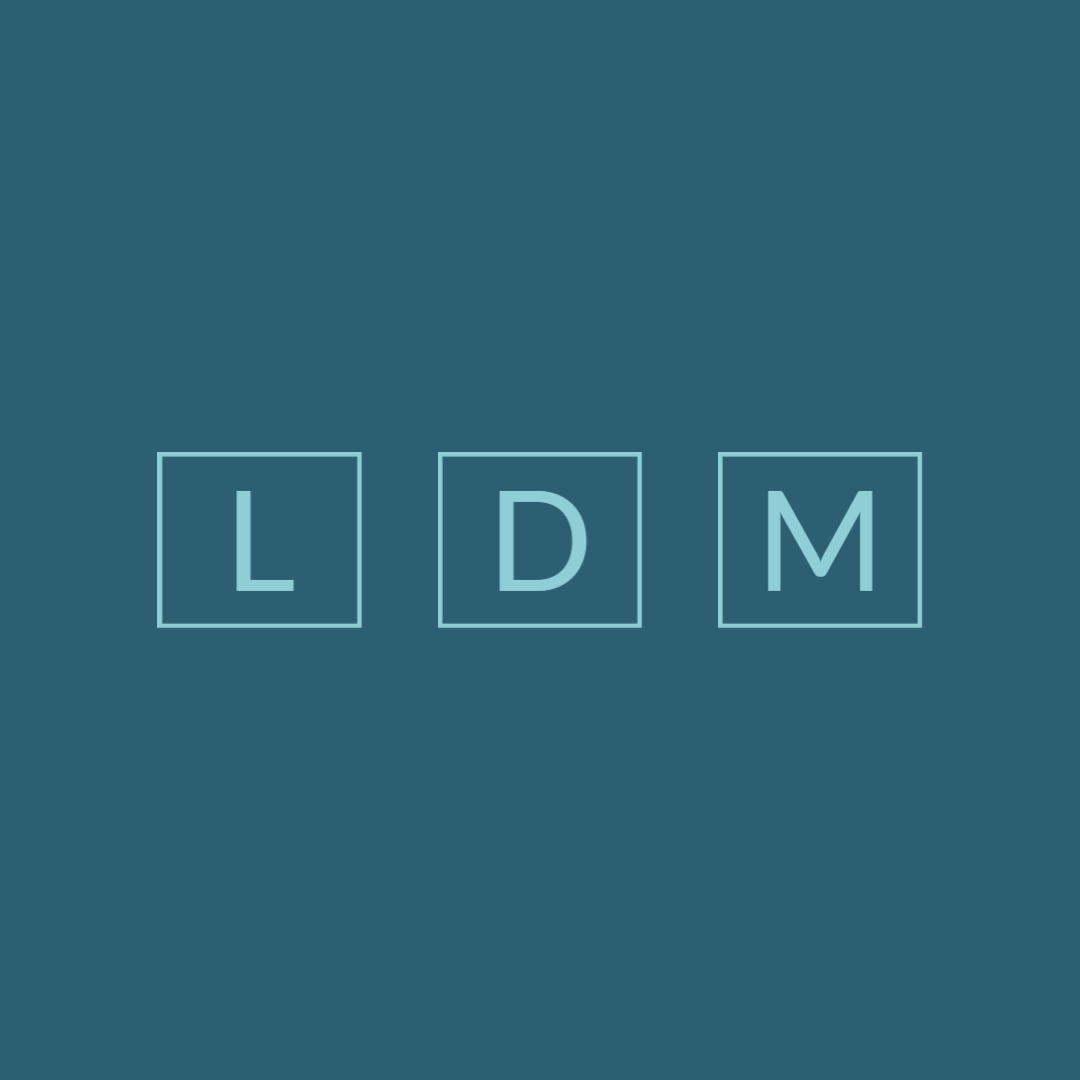Can’t find colorists? Here’s how to develop them, internally, and forever end your search for qualified candidates…
Keep the focus on color and establish a training program designed to promote in-house personnel to the highly regarded position of Colorist
Skilled colorists are the foundation of a color lab's technical capability. The best colorists should be the product development engineers. Nothing less than excellence should be considered for the PDE position. It should be considered "an honor" to be a PDE and those that acquire the position should have earned it. Characteristics of a PDE level colorist are:
· Comprehensive understanding of pigments and the science of color
· Practical experience formulating and adjusting formulas
· Not less than 4 years industrial experience as a colorist
· Leadership and mentoring experience/ability
· Professionalism
Create a system to develop a pipeline of skilled colorists (and eventual PDE candidates). Like a sports team, developing prospects is the most economical way to create a high skill level in the area of color science. Invest the time and the resources for properly training future colorists. The training program should be comprehensive and intense. The people selected to be in this program should be those that are committed to your company’s mission and have shown a desire (and even an ability) to learn the science of color. Getting into the colorist training program should be rare and an honor. Be very selective as to who gets into the program.
The training program shall include:
· Education on the science of color.
· Mentoring by a highly regarded product development engineer.
· Mentoring starts with the person being the PDE's personal lab technician.
· The candidate starts by preparing samples for review (nothing technical).
· The mentor makes color adjustments and explains to the candidate what they are doing
· After 8 weeks of this level 1 training, the candidate continues being a lab tech but is then asked what THEY would do to make the correct adjustment. Their answer is critiqued. This level 2 training lasts 8 weeks.
· Level 3 (16 weeks into the training), the candidate will then suggest formula additions and the mentor will allow the adjustment (even if they know it is not correct). The mentor and candidate will then review the outcome together, with the mentor providing advice. Level 3 will last 16 weeks.
· Level 4 (32 weeks into the training), the candidate is now assigned color matches and left to adjust the formulas without advice from the mentor. Basically they are left to problem solve their own work. The mentor will still "sign off" on a color match when he/she believes that the candidate has created a good color match. Level 4 will last 16 weeks.
· After 1 year in the training program, the candidate will be authorized to develop formula, approve a color match and sign off on their own work. In essence, they would become a colorist. A next logical step, to further their training, would be to have them work as a color adjuster, working in the area of quality control. This will fine tune their color adjusting capability which is the foundation of a good colorist's skills. It should be noted that the new colorist is NOT considered a PDE. For this to occur, the colorist will have to obtain experience and further their color science education.
NOTE: An important training tool would be a book of color chips or color plaques, developed from the pigments that are being used to develop and adjust color formulations. This visual aid will show the colorists and the candidates the hue differences of each pigment and help them identify the proper pigment selection when formulating and adjusting a color. Also, the chip label might include technical details of each pigment (light stability rating, temperature stability rating, etc.) By constantly looking at the chip book, every colorist will become an expert in the technical details of each pigment. THIS KNOWLEDGE IS CRITICALLY IMPORTANT FOR COLORISTS TO BE THE BEST THAT THEY CAN BE.

